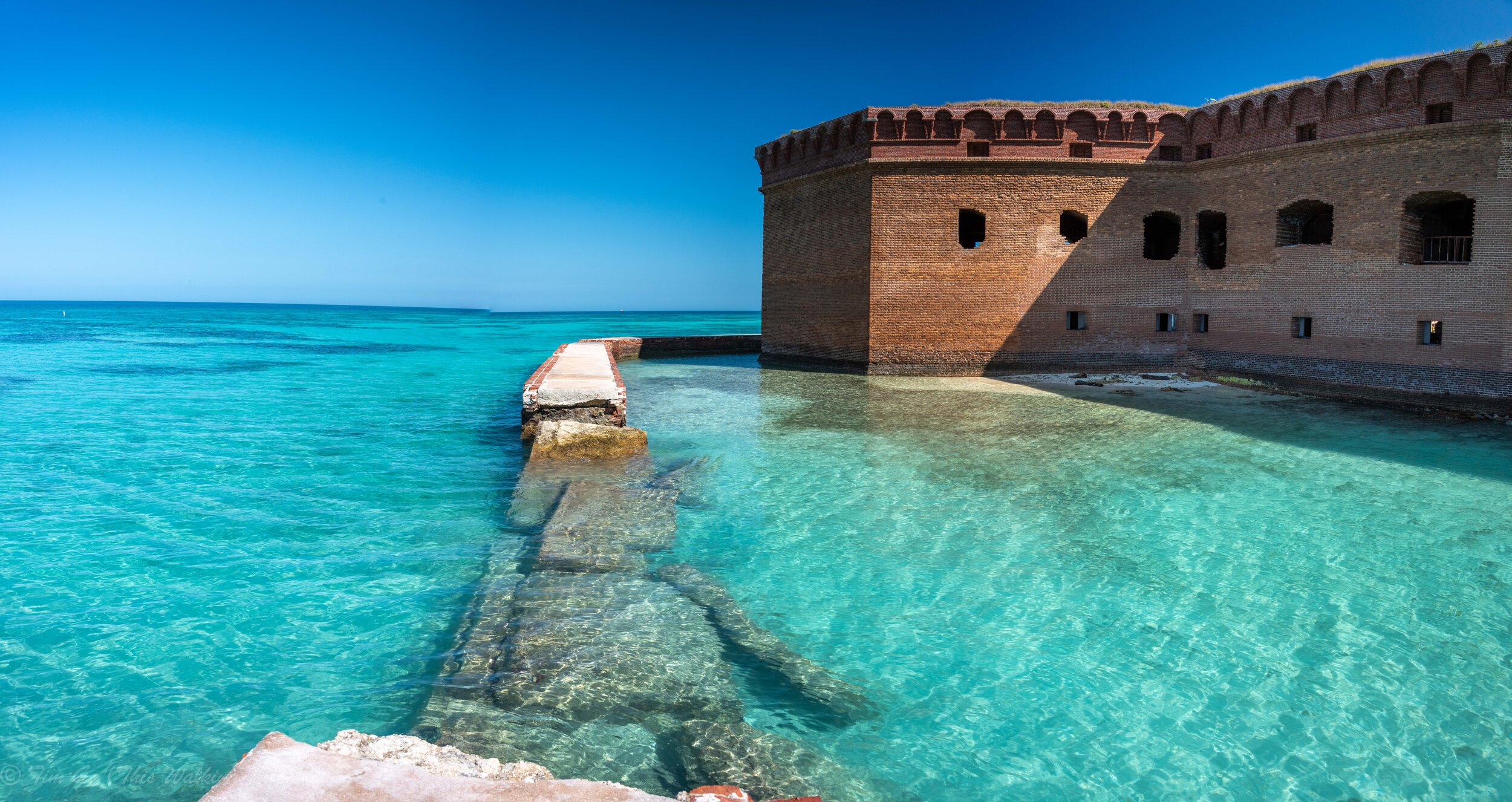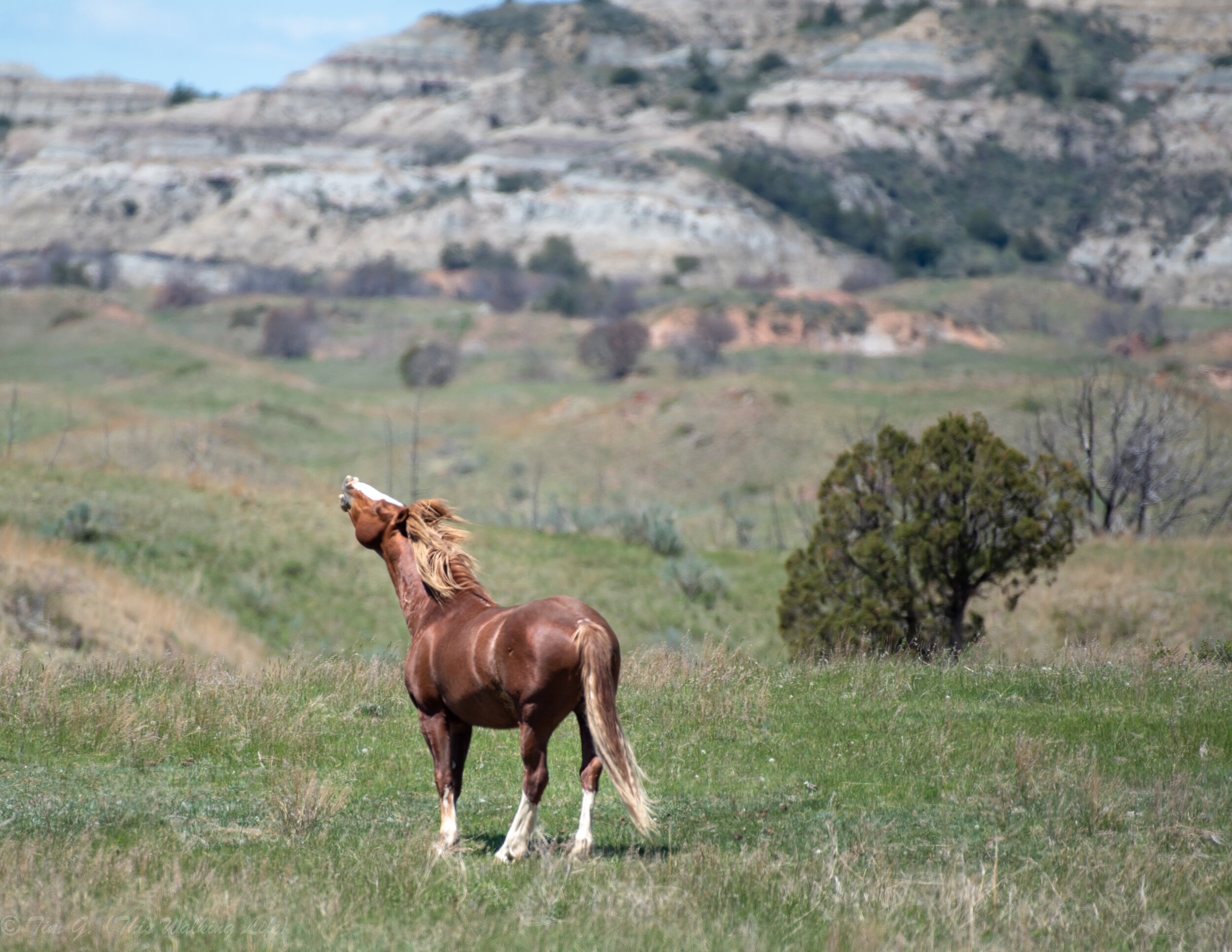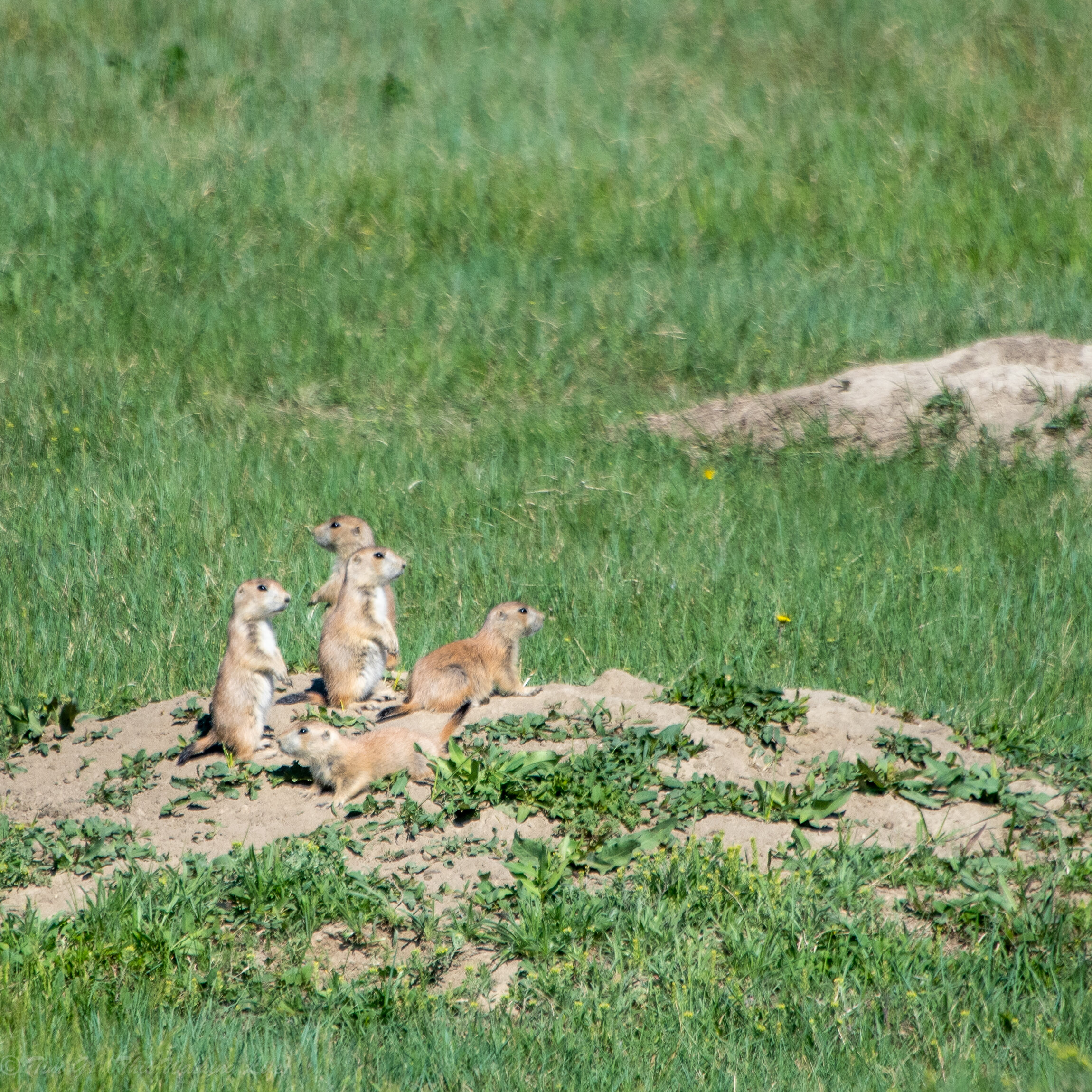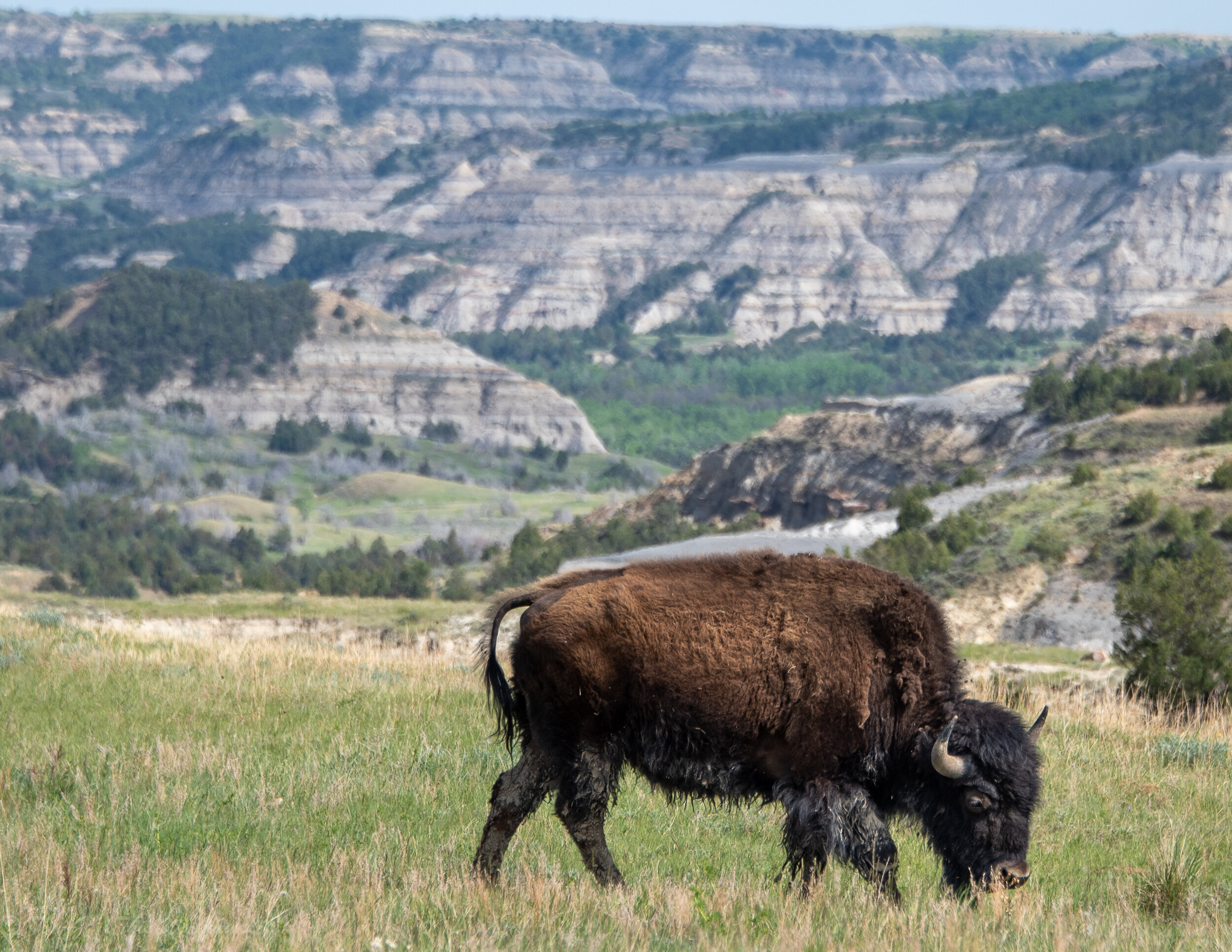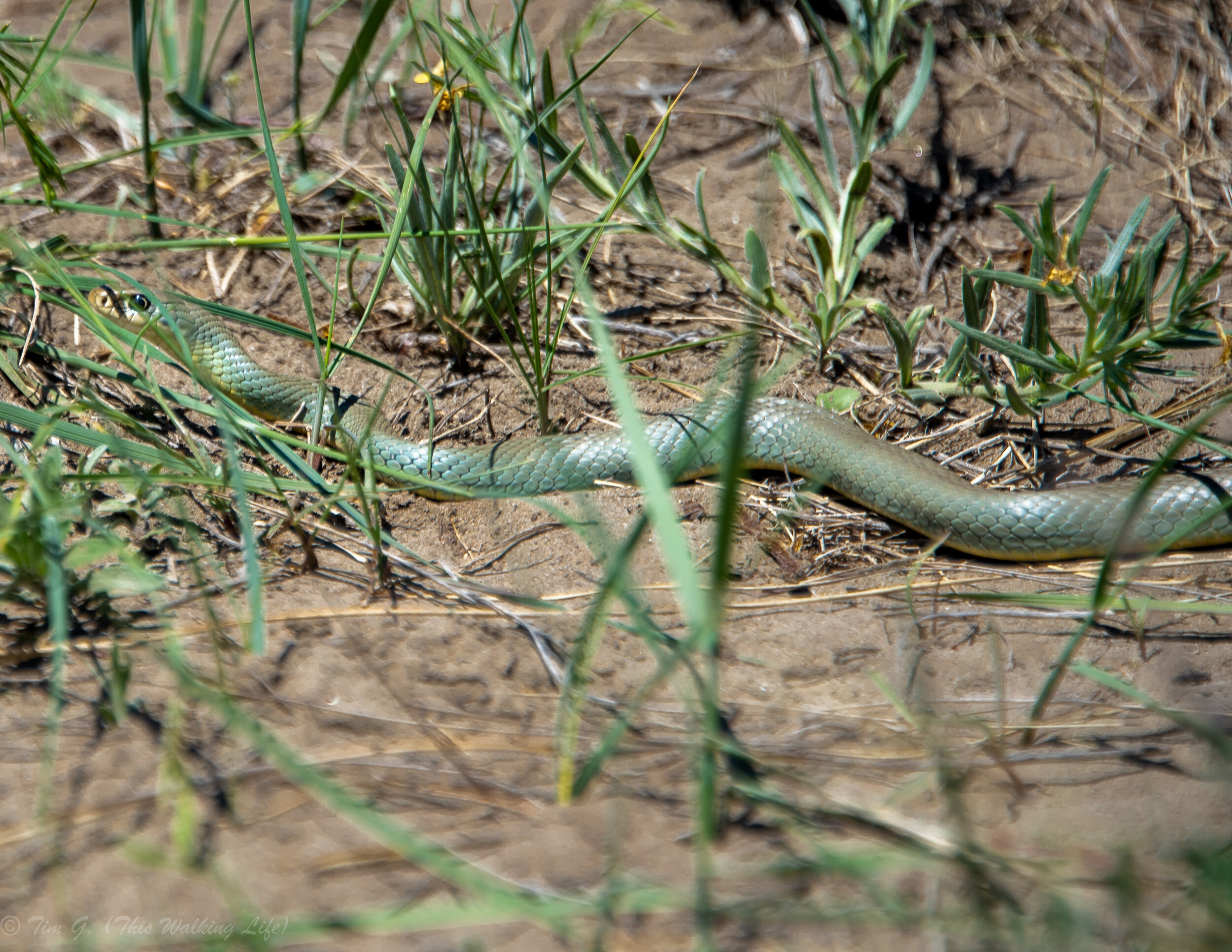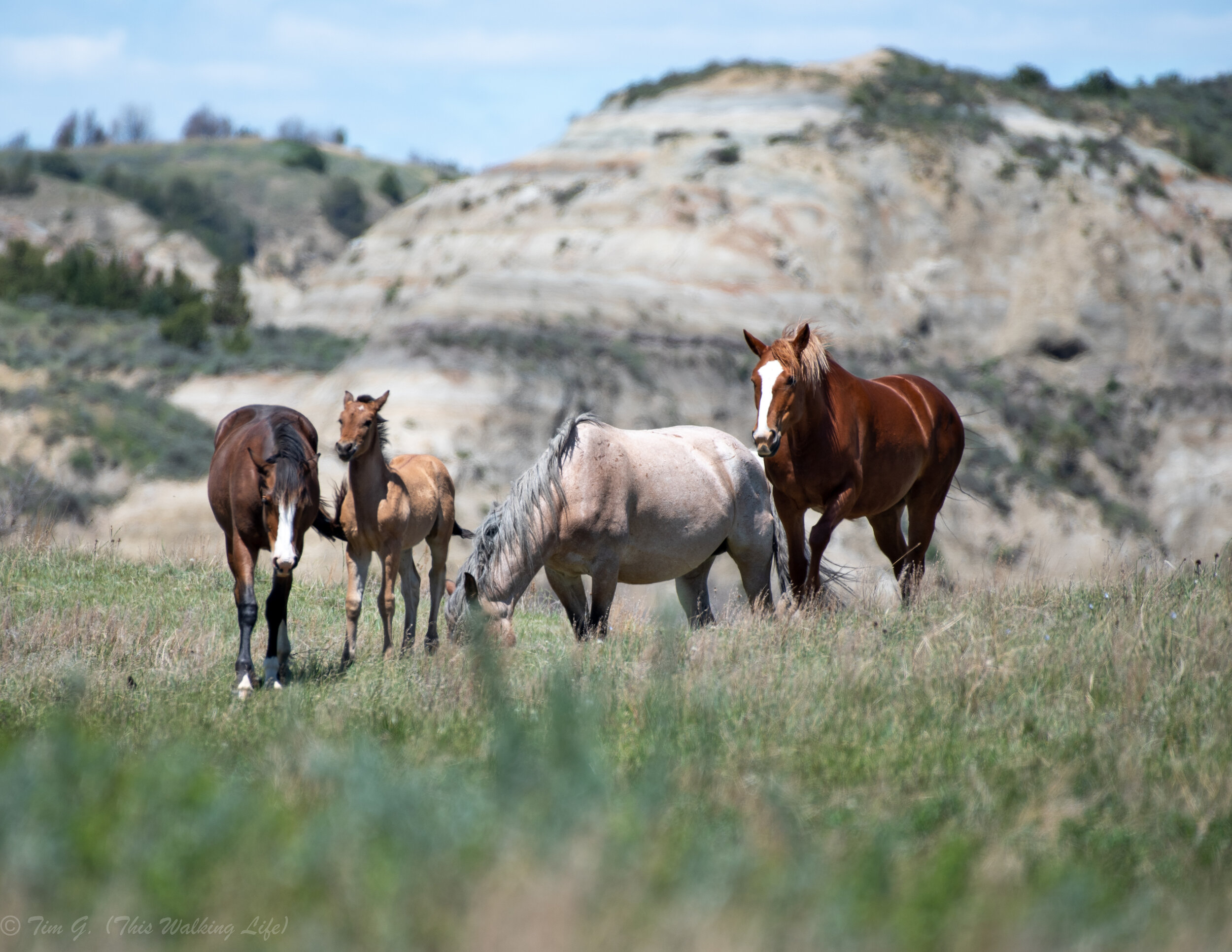Overview
Voyageurs, in far Northern Minnesota, is one of my unexpectedly favorite National Parks.
Why was I surprised? Well, I typically seek out places for extensive hiking trails, jagged mountain tops, and obvious dramatic views. Voyageurs has none of those things. It is a (mostly flat) water-based park. There are few maintained hiking trails, no mountains, 40% of its 218,200 acres are water, and 100% of its campsites require a kayak, canoe, or motor boat to access.
And yet, because of these attributes Voyageurs offers a rare combination of self-directed adventure, beauty, wilderness and solitude. I cherish the hours I spent island hopping, napping under pine trees, watching gorgeously plumed birds fish, and floating lazily on the water. Moreover, because so much of Voyageurs is so far from any roads and its waterways naturally spread visitors out over its innumerable bays, beaches, islands, and forest glades (vs many of the other parks that funnel all visitors towards a few well-known sublime views) you are likely to find yourself all alone with pristine natural beauty and wildlife (in silence) often.
While no guide can give you a perfect path for exploring this wilderness oasis, below you’ll find suggestions that I hope will empower you to begin planning your own unique adventure, including tips on how to get to the park, when to go, activities to try, places to stay, and photography idea.
Getting There: How and When to Go
Voyageurs protects nearly a quarter million acres of lakes, islands, and forest land along the US-Canadian border in Minnesota.
The closest major cities to the park are Minneapolis, Minnesota (a 5 hour drive to the south) and Winnipeg, Canada (4 hours northwest). There is also a very small regional airport close to the entrance of the park in International Falls, Minnesota.
The park is open year-round. However, the most popular season for exploring is summer, especially from Memorial Day to Labor Day. Early fall can also be a nice time to visit the park, however weather can be dodgier. For the truly hardy of spirit the park remains open all winter. Snowmobiling and cross-country skiing are possible once the lake’s freeze solid. Winter is known also a great time to come up for star gazing and aurora borealis watching. It’s important to note that this part of Minnesota can get snowstorms as late as May and as early October, though typically icy waters and winter weather span November to April.
Pro tip: summer weather may be perfect for humans, but be aware that it’s also perfect for mosquitos and flies too. If you are traveling in the summer, especially in June and July be sure to bring bug spray and a head net, especially if you are planning to camp.
Also note that even on days when the temperature isn’t especially hot the sun can be quite intense as it reflects off the water. For those of you who are fair skinned (like me), make sure to bring plenty of sun protection, including a wide brimmed hat, a SPF shirt, and a buff for your neck.
Navigating the Park
As you plan your visit, it’s important to remember there really isn’t very much to do that is accessible by car. Yes, there are a few very short hikes and exhibits worth seeing near the visitor centers (such as the Ellsworth Rock Gardens at Kabetogama); however, this is first and foremost a water park. You should make your plans in terms of which bodies of water you want to explore and how you want to get on the water.
There are four main access points into the park: Rainy Lake, Crane Lake, Kabetogama and Ash River.
Rainy Lake in International Falls serves the northern most portion park. Here you will find the park’s main visitor center, which is open year-round.
The park’s northern boundary traverses 55 miles of the US-Canada border, much of it cutting through the middle of Rainy Lake itself. The lake is massive and extends beyond the National Park, with miles of snaking shorelines, some areas of development, and also hundreds of secluded uninhabited islands. Rainy Lake stretches deep into wilderness areas on both sides of US and Canada of the border. (Even with the closure of the border in 2020 due to Covid-19, there is still much to explore in this section of the park).
Crane Lake is technically just outside the park boundaries, but is the best place to access to the southeastern most portions of the park.
Kabetogama and Ash River are between the two. Both are about a 45-minute drive south of the Rainy Lake Visitor Center and have seasonally open visitor centers. These are in the heart of the park, and have the best access to the most remote areas of the park’s protected wilderness.
Activities
Camping: the best way to enjoy Voyageurs is to get out into the wilderness and unwind over a multi-day period. From a campsite on the water you can really sink into the rhythms of nature, spending your days paddling, swimming, birding, chilling, camp-firing, rock scrambling, cliff jumping, island-hopping, forest bathing, sunset watching, and star gazing.
The park service has set up numerous campsites throughout the park. Please note ALL are accessible by boat only.
In addition to paddler friendly campsites, there are also special moorings throughout the park for motor and houseboats, which can be rented and operated (without any special license). House boats help you explore further and enable you get deep into far corners of the park without ever giving up the comforts of a hotel.
Campsites and houseboat moorings must be booked in advance and online.
Paddling and Island Hopping: Kayaks and canoes can be rented from many local resorts or guiding companies in the area, including Voyageurs Outfitters. Most outfitters offer both equipment only and guided options for both single day and multi-day adventures. Rentals are available from all four resort areas. Note that the most popular day kayaking routes are from Ash River; however, I also enjoyed kayaking around Rainy Lake in several spots.
While planning is important before you head out on the water, my favorite memories are actually from the times I pulled ashore in completely unplanned, nondescript spots on a whim. I particularly cherished a nap I took under a grove of red pines one afternoon, and numerous explorations of trail-less forests and coastlines on small islands.
For those who want to combine boating with established hiking, the park service also maintains a number of trails which are only accessible by boat. The easiest to get to is the 1.2 mile Black Bay Trail. It is a short paddle from the Rainy Lake marina. For the more adventurous, there are several longer trails further into the park’s wilderness including ones at Cruiser Lake, Locator Lake, and Beast Lake.
Motor Boating: The most efficient way to explore large portions of the park is by motor boat. If you only have a day or two to explore, a guided motorboat tour is the way to go. Several companies offer highly rated tours, including Voyageurs Outfitters. Numerous outfitters also offer fishing tours.
On-Shore Hiking: There are very few front country hiking options. Of these, my favorite was the Blind Ash Bay Trail. The hike starts at Lake Kabetogoma Overlook parking area, and winds through a boreal forest ecosystem and along a ridge line that overlooks beautiful sections of water and the islands within it in several places.
Hidden Gems:
The Kettle Falls Hotel is the only lodge technically inside the park. Getting there is part of the fun as it’s 16 miles from the nearest road. Thankfully, the hotel offers a boat shuttle from Ash River for guests. Whether you are staying at the hotel, or merely stopping by, it’s a fun plan to hang out, grab a meal, or play a game of pool.
The Namakan Narrows is known for its especially good wildlife viewing, and for the way the shores of the US-Canada border converge in a number of places to only a stone’s throw apart. Unfortunately, they are most easily accessed from the Canadian side of the border which is closed in 2020. However, it can also be accessed by boat from the US side.
Sand Point has some of the parks most beautiful campgrounds, including one on Burnt Island. Be on the look-out for local who can point you to the cliff jumping spots throughout the area.
Lastly, Vermillion Gorge can be floated when the water is high. It is in Crane Lake, and accessible via boat and a hiking trail behind Voyagaire Lodge.
Where to stay
Camping: camping in the park requires advanced online reservations. As a reminder, all campsites require a boat to access. I found the rangers I spoke to extremely helpful at helping plan routes and campsites. For those looking to camp onshore there are some (rather limited) car-camping sites nearby-(ish) outside of the park boundaries. These include the Woodenfrog State Forest Campground near Katetogoma, the Ash River State Forest Campground, and also Dispersed Camping in the Superior National Forest.
Lodges: there is only one small rustic hotel in the park, the Kettle Falls Hotel. To get there requires a boat or sea plane. The hotel also offers a shuttle from the Ash River Visitor Center upon request.
Resorts: There are also a number of rustic resorts nearby park’s southern entrances that primarily cater to families, including Voyaguers Sunrise Resort and Harmony Beach Resort (near the Kabetogoma Visitor Center), Sunset Resort and the Ash Ka Nam Lodge and Resort (near the Ash River Visitor Center), andVoyagaire Lodge and Voyageurs Landing Resort (on Crane Lake). Note that many of the resorts near the park haven’t optimized their Google keywords and Expedia strategies, so a simple google search is unlikely to yield results of all available resort options in the area. Use the links above to check availability on their websites as a first step in your search.
Hotels / Airbnbs: traditional motel and house rental options are a bit difficult to come by in northern Minnesota. Your best bet is to look for places in International Falls or the cute town of Ranier, which is near the Rainy Lake Visitor Center.
Photography Ideas
Consider bringing a telephoto lens to capture the details of the many large striking birds (including Trumpeter Swans, White Pelicans, Pileated Woodpeckers, Belted Kingfishers, and Bald Eagles to name a few) that calls this refuge home. Consider moving slowly through the forests to shoot the textures and colors of the bark and moss. And don’t forget to bring a tripod and wide-angle lens to capture both the movement and reflections on the waters and the colors of the sunrises and sunsets across it.
Conclusion
Voyageurs is unique in the park system. As you adventure within it, I wish you many moments of solitude, joy, and wonder.
As always, leave a comment below if you have any questions or suggestions on how to improve this guide.

































